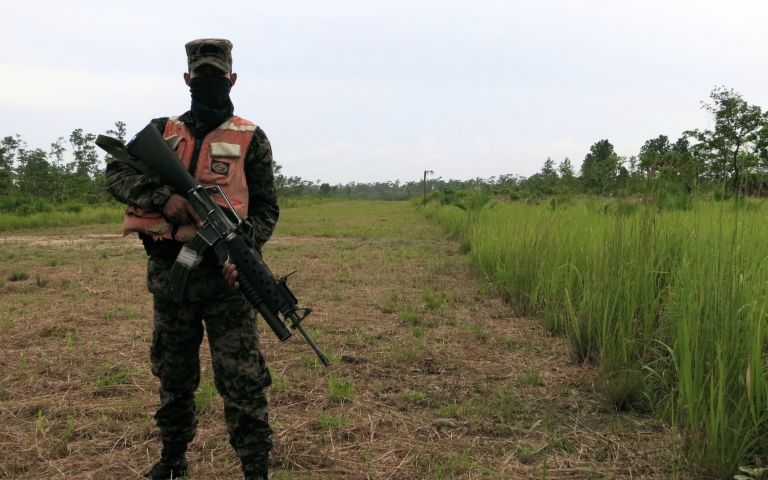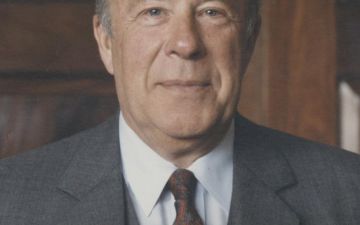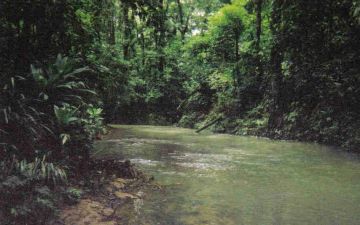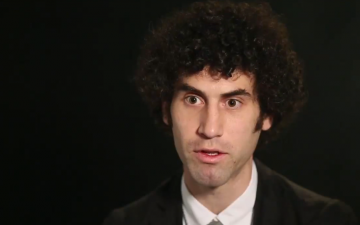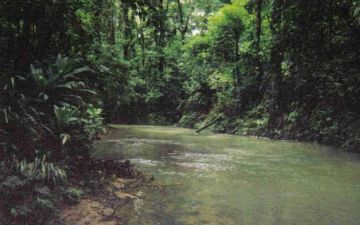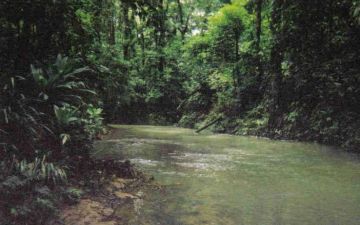In the battle against the drug cartels, Honduras is emerging as a new front line. The country now has the world’s highest murder rate. It handles as much as 79 percent of U.S.-bound cocaine. Of particular importance is La Moskitia, the remote jungles along the country’s eastern coast. Inaccessible by any road, the area was beyond the reach of Honduran authorities for years. Then, in early 2012, the U.S. military built three new “forward operating bases” and began instructing Honduran authorities in commando-style tactics to purge the traffickers from La Moskitia.
The question now is whether the U.S. might have gone too far. One night in May 2012, a helicopter carrying American D.E.A. agents and Honduran police fired on a boat near Ahuas, a town in La Moskitia, killing four, including a teenager and two women. Among the many unanswered questions surrounding this incident are whether the D.E.A. agents fired, whether the helicopter took fire from a second boat, and the relationship between the cartels and the people of La Moskitia. Journalist Mattathias Schwartz traveled to Ahuas to investigate this incident and explore the larger dynamics of an indigenous population now caught in the middle of the drug war.
